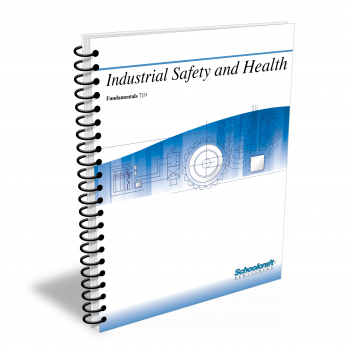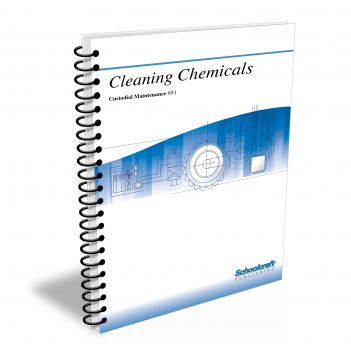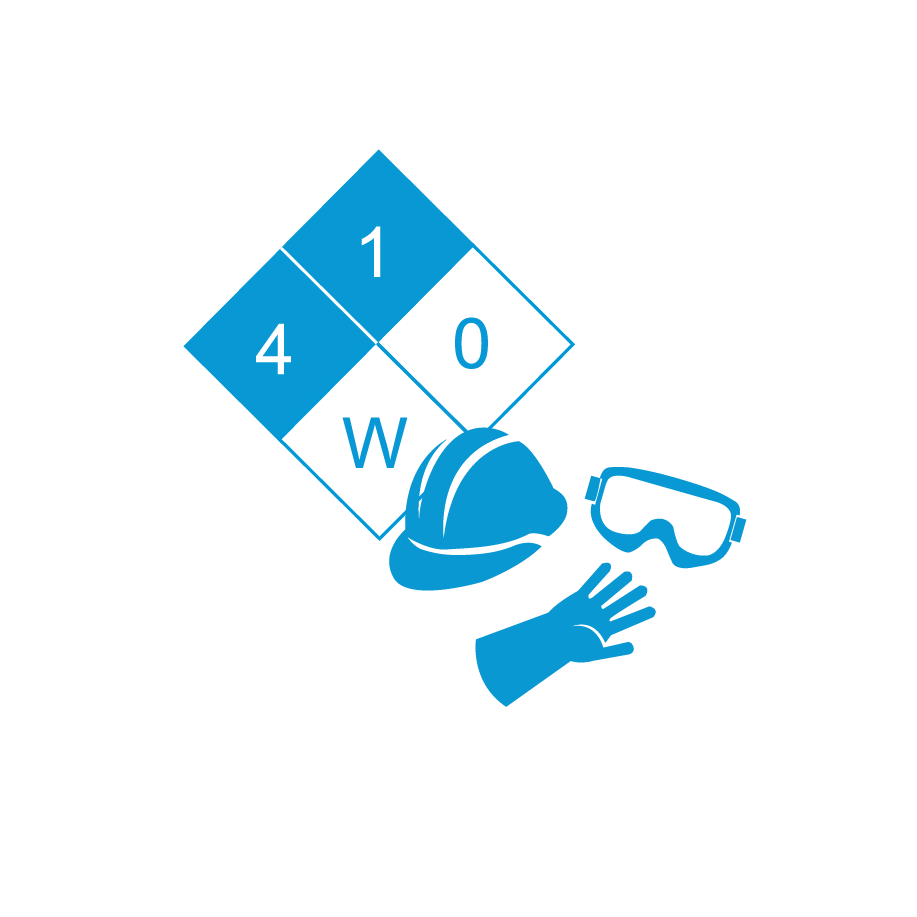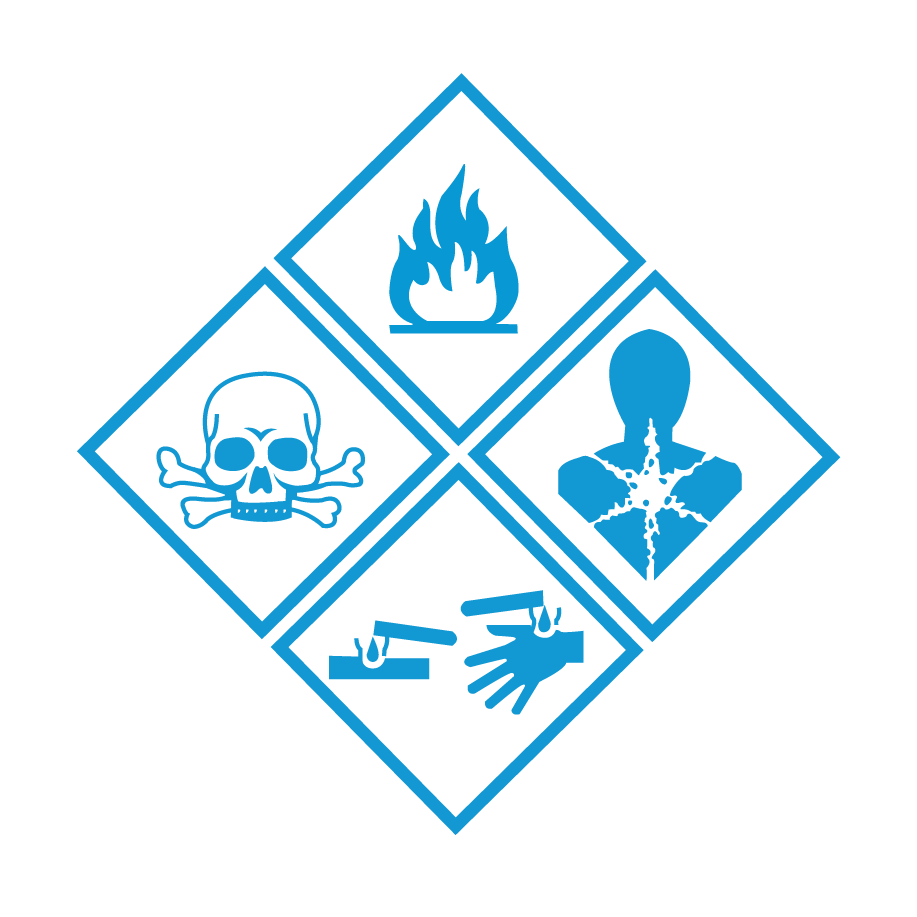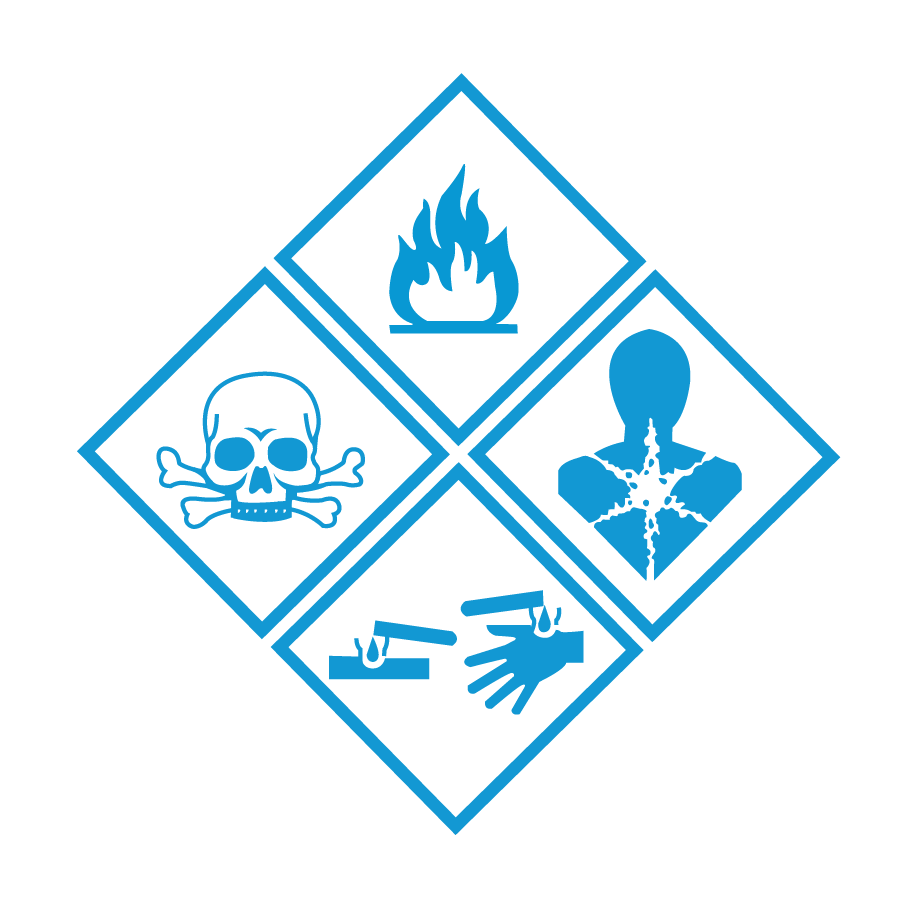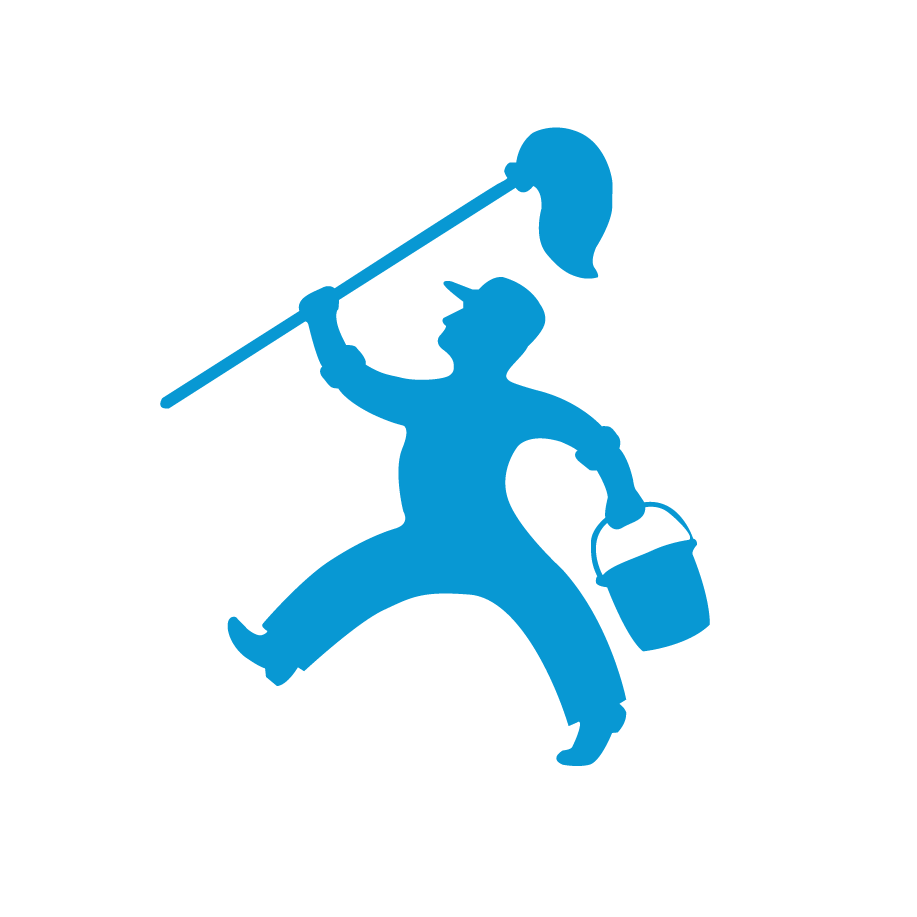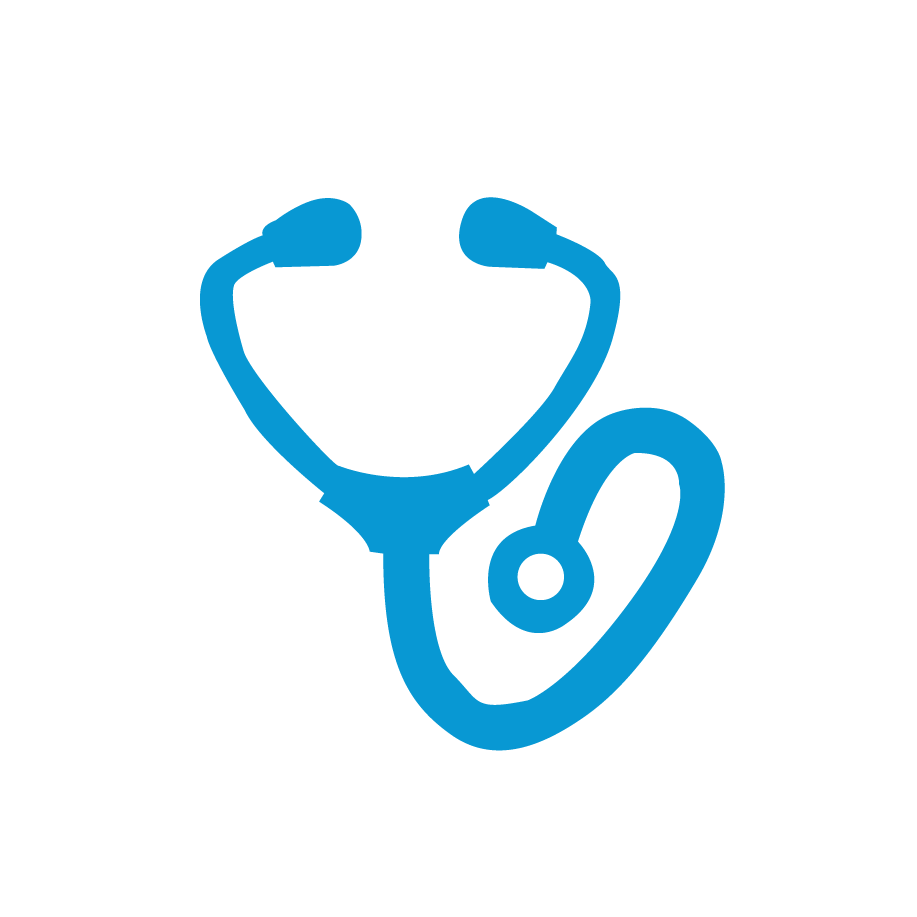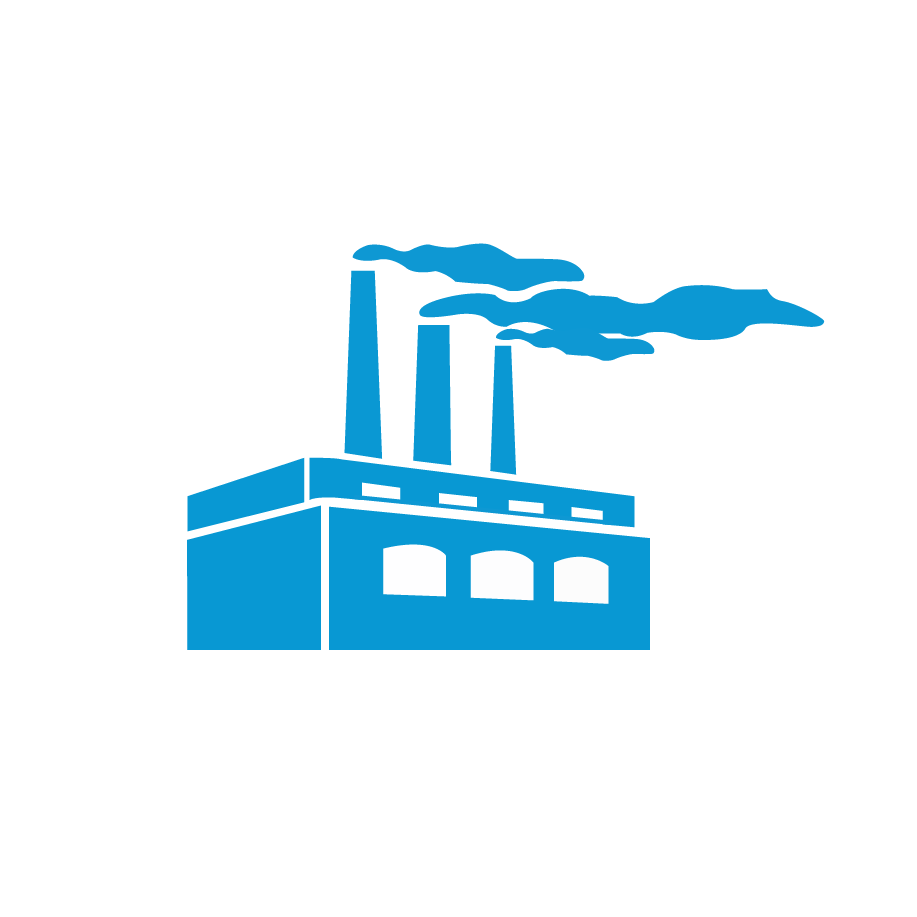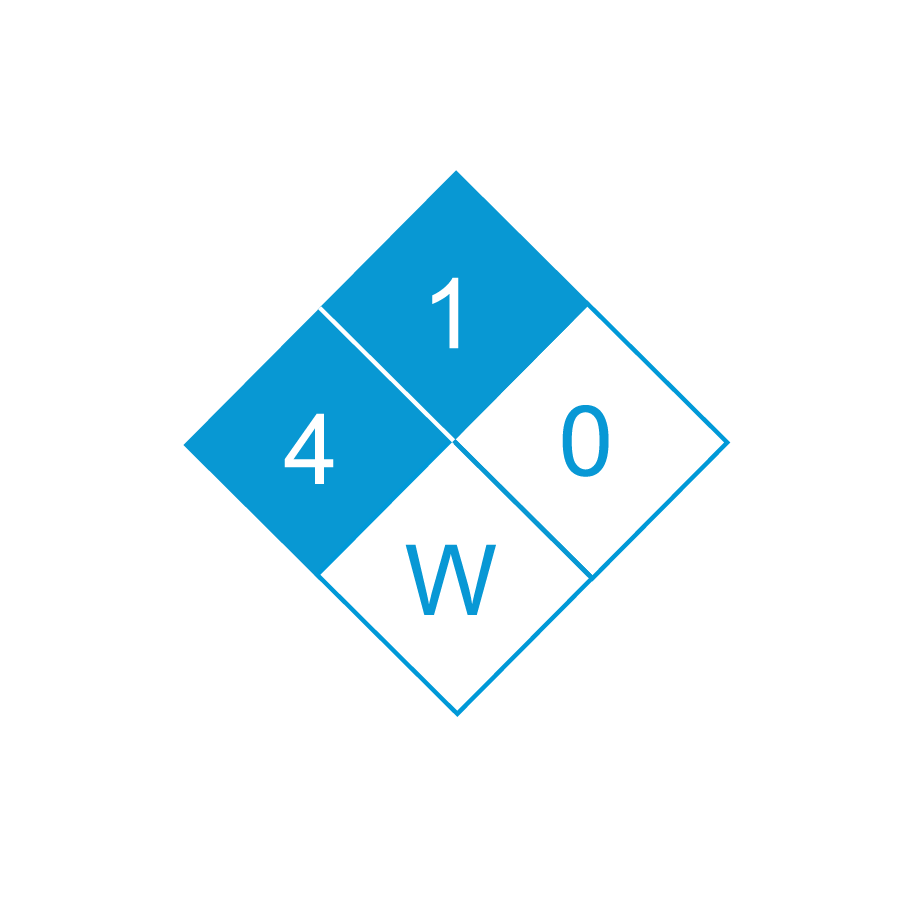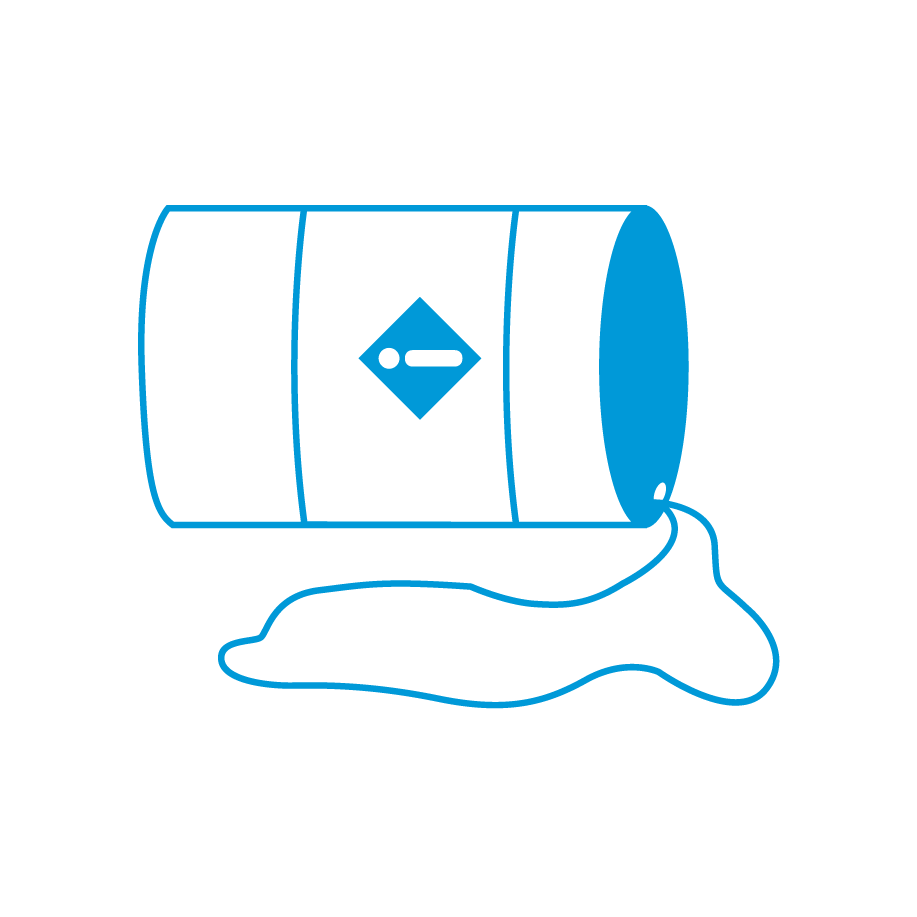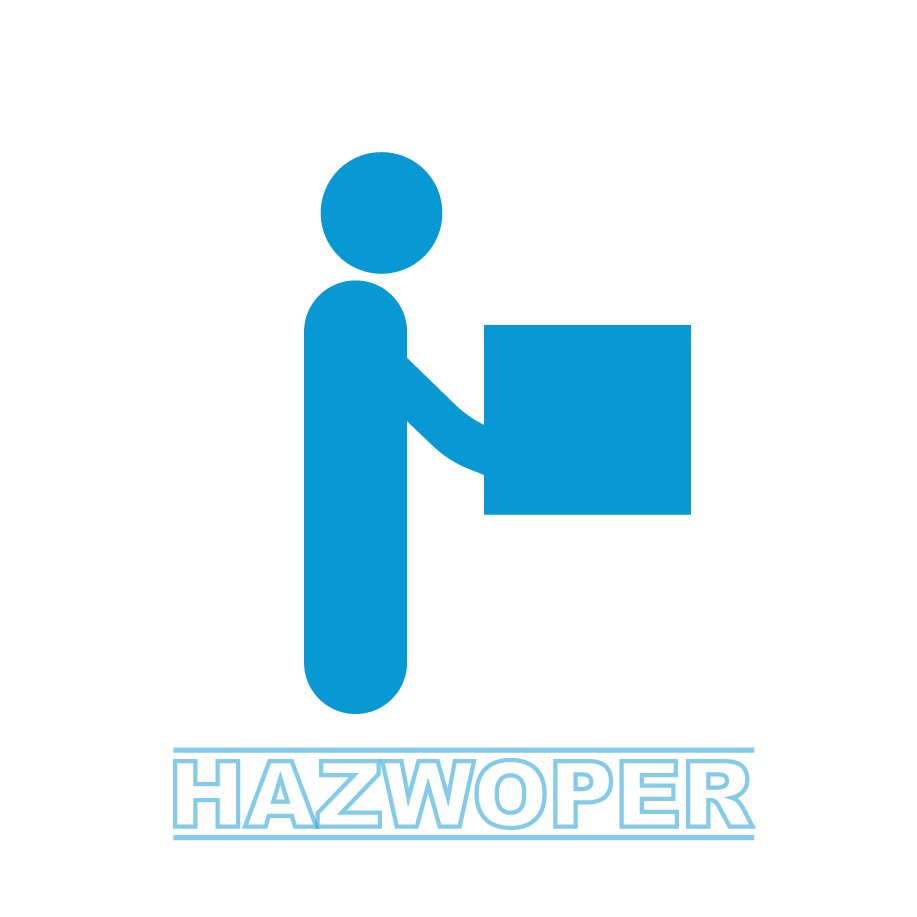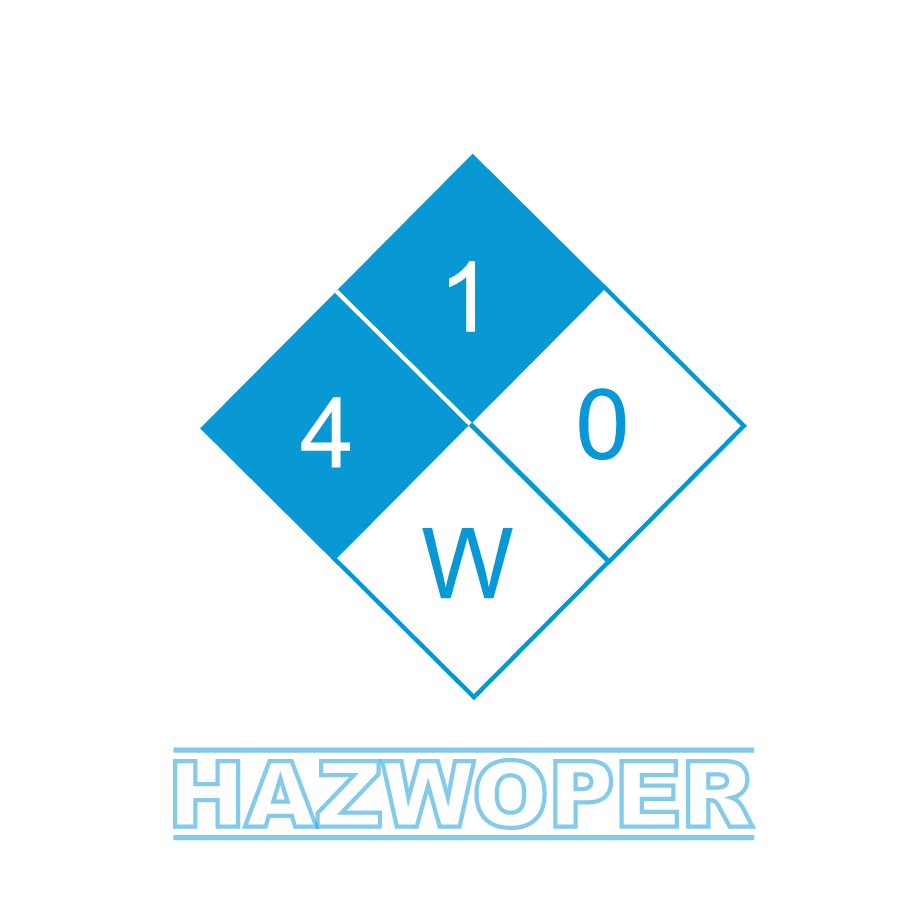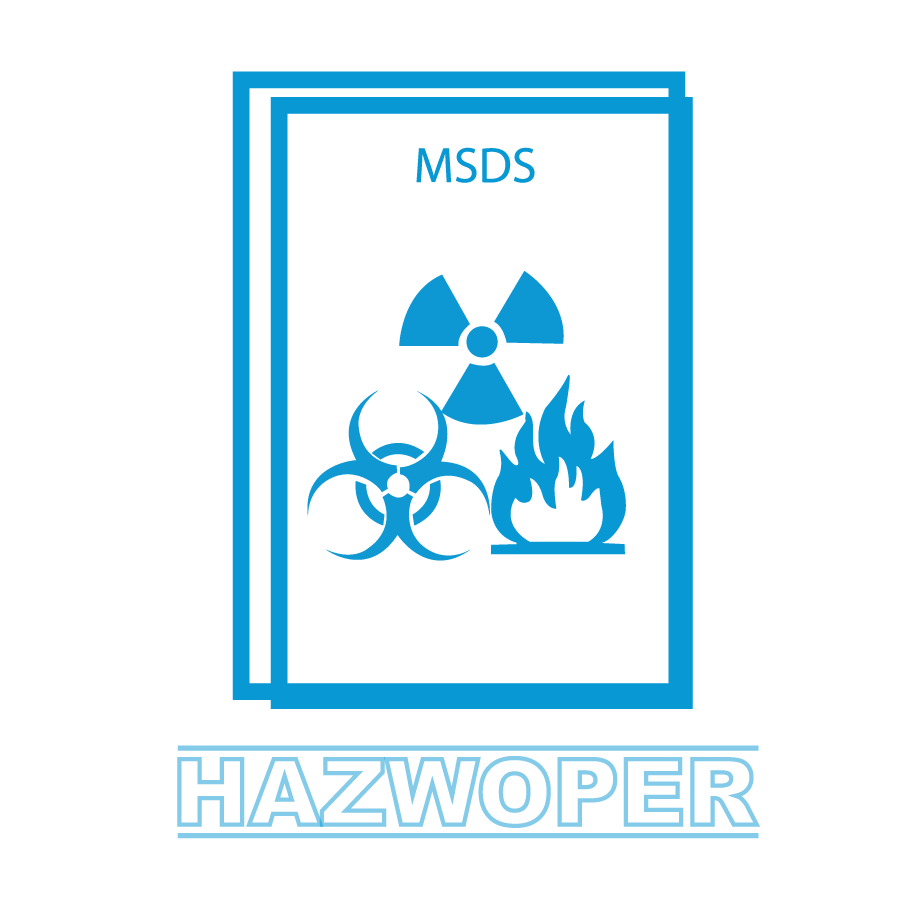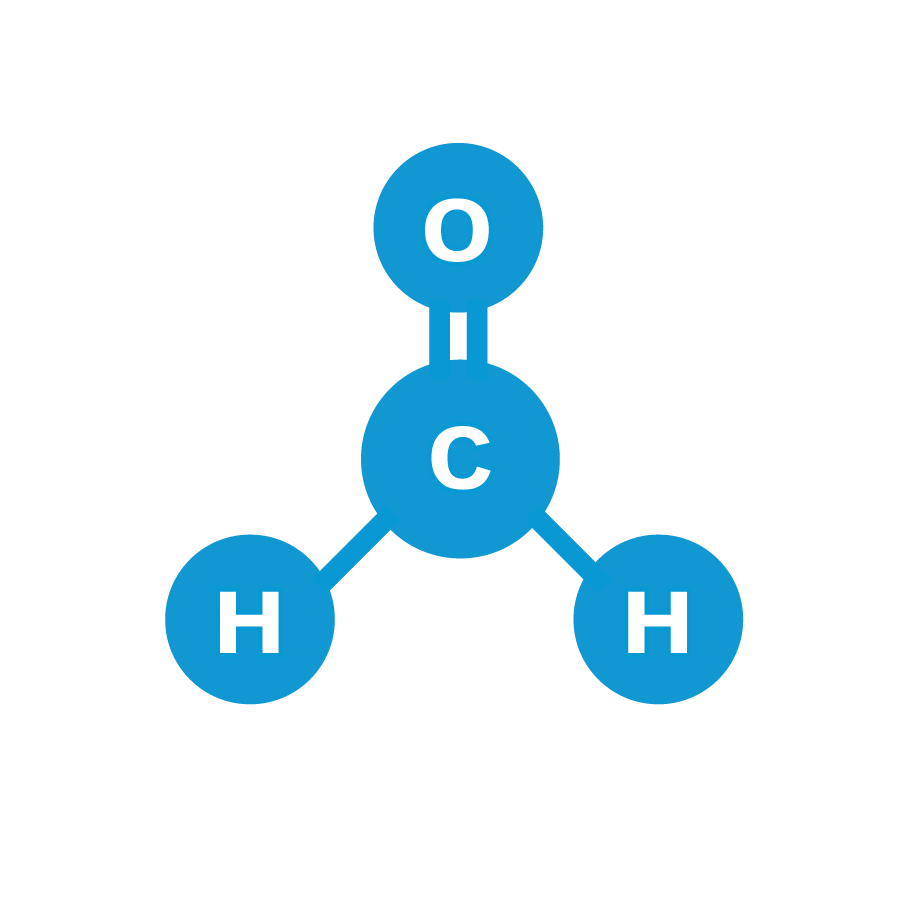Chemical Hazards-OSHAs Hazard Communication Std
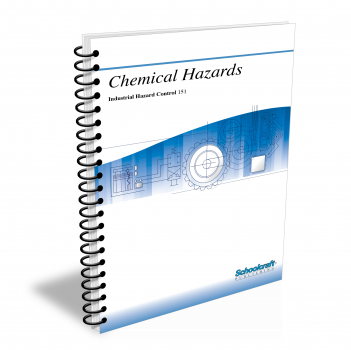
Course Number: 151
The three chapters in the Chemical Hazards - OSHAs Hazard Communication Std textbook are bound together in one handy booklet. It covers OSHA's Hazard Communication Standard, spelling out specific responsibilities for employers whose employees work with or around potentially hazardous materials. The textbook provides training materials to help comply with the standard. The materials are organized into a Program Manager's Guide and an Employee Training Manual.
Does your curriculum require additional topics not included in this textbook? Build a customized version of the Chemical Hazards - OSHAs Hazard Communication Std textbook below.
Recommended Contact Hours – 6
Preview a Chapter
Available Supporting Material
- Table of Contents
- My Custom Book
- Exam Copies
- Suggested Titles
Table of Contents
Chapter 1: What the Standard Requires
Topics: Identifying and evaluating chemical hazards; Providing an MSDS; Labeling and listing chemical hazards; Training employees; Writing a hazard communication program
Learning Objectives:
- Identify the goals of the Hazard Communication standard and the agency responsible for writing and enforcing the standard.
- Lost the eight fundamental actions required by the OSHA Hazard Communication standard and state the purpose of each.
- Explain the key requirements for carrying out each fundamental action.
Chapter 2: Types of Chemical Hazards
Topics: Physical and health hazards; Exposure routes; Factors that affect the degree of hazard; Controlling chemical hazards; Detecting exposure hazards
Learning Objectives:
- Define chemical hazards covered by the Hazard Communication standard and the two categories into which they are divided.
- Identify the common physical forms of chemical hazards and the industrial operations that produce or release vapors, mists, dusts, and fumes.
- Name the three basic routes of exposure to health hazards.
- Explain the key factors that affect the degree of hazard.
- Discuss common methods of controlling chemical hazards.
- Explain how to detect exposure hazards and symptoms.
Chapter 3: Material Safety Data Sheets
Topics: Chemical identification; Physical and chemical data; Health and physical hazard information; Fire, explosion, and reactive hazards; Special protection
Learning Objectives:
- Explain the purpose, availability, preparation, and basic content of MSDSs.
- Give examples of the health hazard information contained in MSDSs and how it is used.
- Give examples of the physical hazard information contained in the MSDSs and how it is used.
- Describe typical MSDS instructions on special precautions and procedures.
Add Chapters to Your Custom Book
Select Chapter(s):
- Chapter 1: What the Standard Requires
- Chapter 2: Types of Chemical Hazards
- Chapter 3: Material Safety Data Sheets
My Custom Book
Create a custom book that contains only the training content that your students need to succeed
Our topics cover a broad and diverse spectrum of subject matter, from reading blueprints to electrical schematics, measurement to rigging and safety, material handling to welding, and everything in between! Choose only the lessons that meet your specific curriculum requirements.
Request Exam Copies
Exam Copies
Ready to see a copy of our textbooks? After selecting which textbooks you’d like to review for your course, you can submit your request by either logging in or creating an account so we know where to ship your exam copies. A representative from Schoolcraft will contact you to confirm and finish processing your request.
Exam copies are always free and yours to keep.
Selected Exam Copies
none selected
* Maximum of five copies can be ordered
